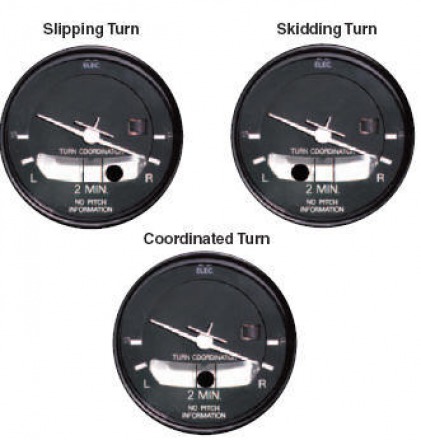AERODYNAMICS
how do airplanes stay in the air?
COMPONENTS OF THE WING.
Basics of Bernoulli's Principle
Stall
The angle of attack or AOA is the difference between the relative wind and the chord line
Airplanes can stall under any condition as long as the CRITICAL ANGLE OF ATTACK HAS BEEN EXCEEDED.
Different types of stalls
- Power on stall (departure stall)
- Power off stall (approach to landing stall)
- Accelerated stall
- Cross controlled stall
- Trim stall
- Power on stalls are generally induced during departure. Power on stalls can be recovered from by lowering the nose of the aircraft gaining airspeed and then pitching the aircraft for a normal climb.
- Power off stalls are generally induced during an approach to landing. Power off stalls in a Cessna 172 and Piper Warrior can be recovered from by applying full throttle, turning off the carb heat, lower the nose, and retract one notch of flaps. As the airspeed begins to increase you can retract the flaps one notch at a time until the aircraft is "clean".
- Accelerated stalls are induced when excessive pressure is add to the aircrafts control surfaces. Pitching the aircraft up suddenly after a descent could induce an accelerated stall. The accelerated stall is done at a higher airspeed than the published stall speed for the aircraft you are flying
- Cross controlled stalls are the most dangerous stalls as they normally happen at a low altitude, low airspeed and they normally result in a spin. Base leg to final leg is the most common place a pilot would encounter this type of a stall
- Trim stalls are stalls that occur when the trim tab is not checked before departure and the pilot is not able to overcome the force of back pressure on the yoke. The airplane pitches up high on take off and stalls.




